Rising saffron prices in Europe and begging by Iranian farmers
Saffron, this strategic product can and should have a much more prominent position in international markets, but for several years now, competitors have narrowed the field to Iranian saffron. What should be done and, more importantly, what should not be done? . Farshid Manouchehri explained various problems related to different sectors of the saffron industry and market, from production to export, and presented his solutions and those of the National Saffron Council of Iran.
They do not buy ten million tomans from us
How to issue a business card has always been controversial. It is said that less and less doing so opens the door to abuse. Farshid Manouchehri, secretary of the National Saffron Council, said: This is another mistake of the Central Bank. When the exporter is forced to offer his currency below the market rate, there will be no economic justification for him. In this situation, some people enter the field and tell the issuer to issue with my card, I will accept the consequences! Fortunately, the Chamber of Commerce has increased oversight, but this phenomenon still exists. It has been heard that a person in Khorasan has exported more than 50 billion tomans of saffron through this method. Problems can be avoided with a qualification card. The price of saffron in Europe is 6 thousand dollars and in China 110 million tomans. This is while they do not buy 10 million tomans from us.
The way to produce more is to increase exports
Manouchehri added: Another issue that we told the honorable Minister of Industry was to provide the ground for the development of saffron exports and the necessary arrangements to be made to further plan the National Saffron Council in doing this important work. 80% of saffron has an export aspect, so it should increase from export to increase production, not vice versa. Increased production leaves the crop in the hands of the farmer because they do not have much domestic market. A boom in exports will automatically increase production. We asked the Minister to allocate the necessary funds to carry out these important tasks. A country like Afghanistan spends heavily on saffron at international fairs. Iranian saffron is promoted under the name of Afghan saffron.
Allocate one percent of saffron export value
Explaining this further, he said: We are aware of the government’s financial problems and limitations and have no expectations, but our proposal is that one percent of the export value be given to a five-member committee consisting of representatives of the Ministry of Agriculture, Industry and Mines and the National Saffron Council. To take. This committee can allocate the budget with the consent of the members and in accordance with the priorities. For example, one of the major goals is for Iranian saffron to enter the consumer basket of European citizens, and to achieve this goal, less than 10 grams of saffron must be produced. The committee can conclude that the cost of transporting saffron under 10 grams is paid from this budget. This seems to be very effective. Farmers and exporters are thus encouraged.
Cultivation and processing are still traditional
Farshid Manouchehri continued: My request to the new Minister of Jihad for Agriculture, Mr. Khavazi, is to work on saffron production infrastructure. Unfortunately, nothing has been done before. At present, a maximum of three to three and a half kilos is harvested per hectare, while ideally some farmers harvest up to 20 kilos. Use their experience. The Saffron Council is ready to educate farmers. If production increases, the price goes down so much that it will not be cost-effective for any country to produce. All stages of saffron cultivation and processing remain traditional, but in the current situation where the area under saffron cultivation has reached more than 120,000 hectares, the traditional method is not responsible and increases production costs. We have said many times that the council is ready to pursue the modernization of agriculture. The National Saffron Council is a non-profit organization that does not have the resources to address this issue. There is no shortage of up-to-date knowledge. For example, a number of Sharif University students have built a stigma separator. They have done such an important thing in a dilapidated shed. The farmer cannot afford an efficient but expensive machine. There should be centers equipped with these devices to do the separation work for the farmer. Separating each kilo of stigma costs one million tomans. When we reduce the cost, no one can compete with Iranian saffron.
In the end, he said: Saffron is a blessing that God has given to deprived areas. One ton of cultivated saffron onion produces 5 tons after 5 years. What happens to the onion? Farmer sells to Afghans Will a country like the Netherlands allow its strategic crop, the tulip, to suffer? We should also have onion source and classification centers.
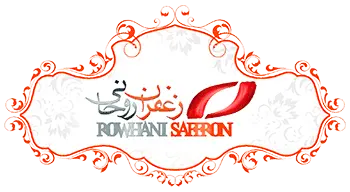
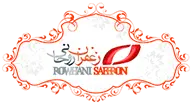
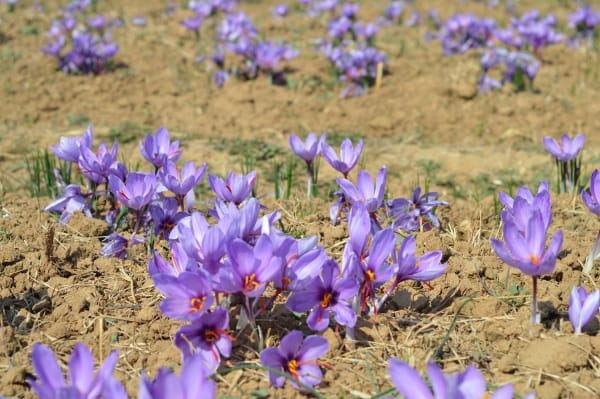
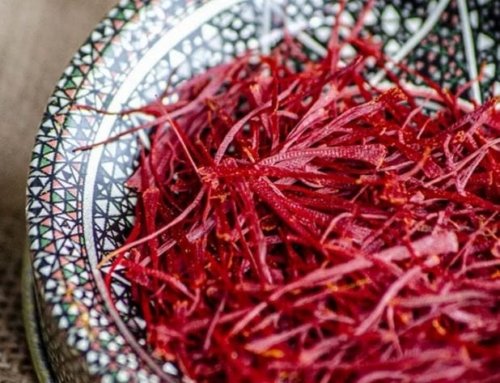
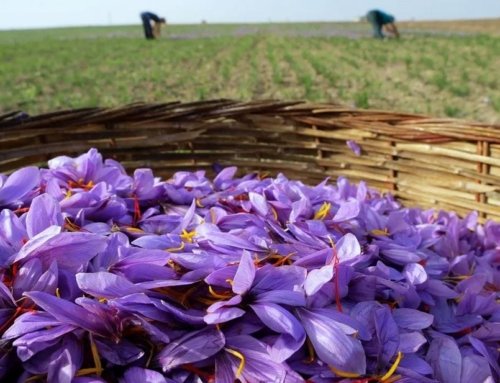
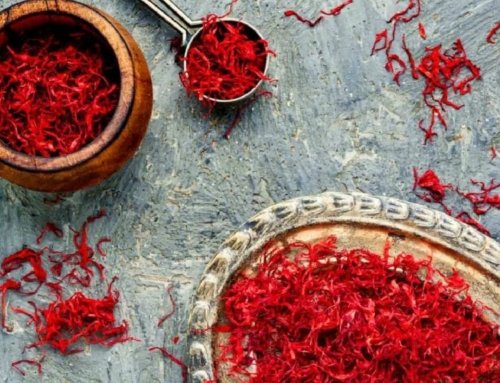
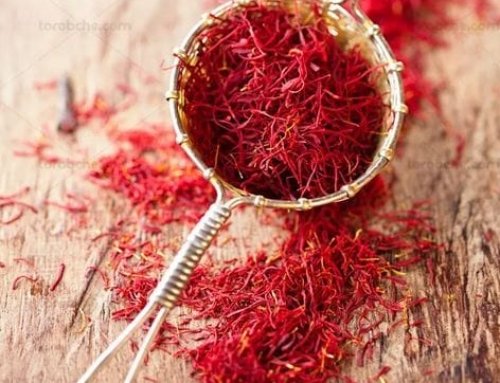

Get Social